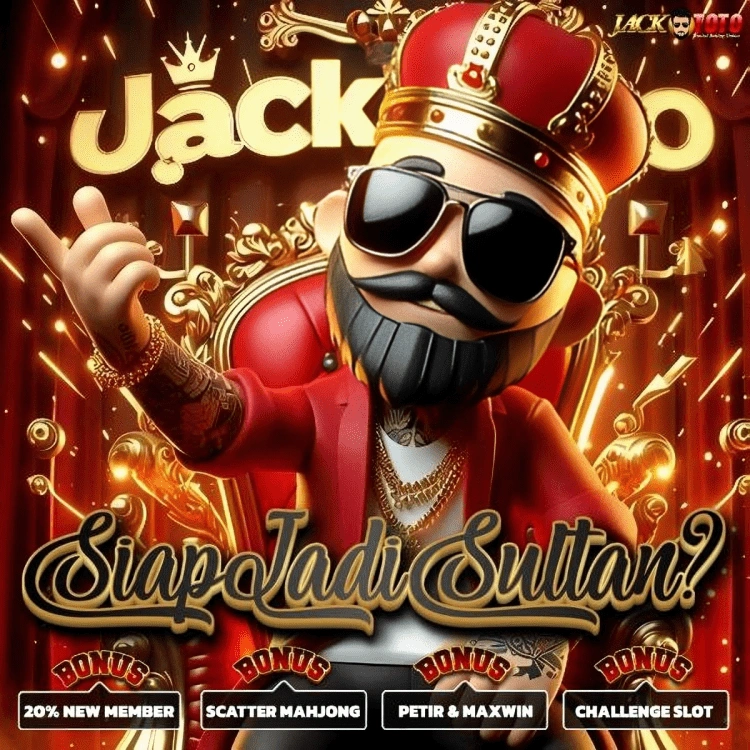Legacy PlayStation Franchises That Continue to Define Gaming
PlayStation’s legacy franchises are some of the most influential and enduring in gaming history. Titles like God of War, Uncharted, Final Fantasy, and Gran Turismo have not only shaped the platform’s identity but also defined what it means to deliver memorable, high-quality gaming experiences. These franchises combine storytelling, gameplay innovation, and technical excellence to remain relevant across generations of consoles.
Narrative depth and character development distinguish legacy franchises. Uncharted and The Last of Us feature cinematic storytelling, compelling penaslot login characters, and immersive worlds, setting benchmarks for narrative-driven games. Players become emotionally invested, forming connections with characters and story arcs that transcend individual titles. PSP titles like Crisis Core: Final Fantasy VII and Metal Gear Solid: Peace Walker expanded these franchises on handheld platforms, introducing portable players to deep narratives and memorable gameplay.
Gameplay evolution is a defining feature of legacy franchises. Developers refine mechanics, explore new genres, and innovate with each installment. God of War reinvented its combat system and perspective while maintaining the core essence of the franchise, demonstrating adaptability and innovation. These evolving mechanics keep long-running franchises fresh and engaging for both new and veteran players.
Technical achievement reinforces the significance of legacy franchises. Graphics, physics, AI, and audio design continually push boundaries, creating immersive experiences that set industry standards. From high-fidelity PS5 releases to PSP adaptations, these titles showcase the technical prowess of PlayStation’s development teams.
Cultural and community impact is substantial. Legacy franchises inspire fan art, cosplay, discussion forums, and fan theories. They influence other games and media, cementing their place not only in PlayStation history but in the broader landscape of entertainment. Fans anticipate sequels and remasters, demonstrating the enduring appeal and relevance of these franchises.
Accessibility and legacy preservation are important considerations. Remasters, compilations, and digital releases ensure that classic titles remain playable for modern audiences. This allows new generations to experience iconic gameplay and stories, maintaining the cultural and historical significance of these franchises.
In conclusion, legacy PlayStation franchises continue to define gaming through narrative depth, gameplay innovation, technical achievement, and cultural impact. These titles represent some of the best games ever created, demonstrating the enduring power and influence of PlayStation’s most iconic series across both console and handheld platforms.






